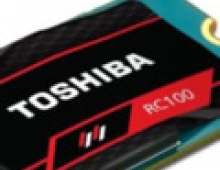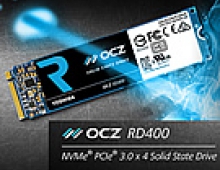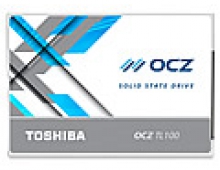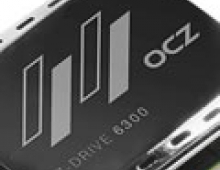OCZ EL DDR PC-3200 Dual Channel Platinum Revision 2
2. Test Setup - Methodology
Review Pages
2. Test Setup - Methodology
3. The Tests
4. Benchmarks
5. Conclusion
Test Setup
| Processor | Retail Intel Pentium 4 2.4C |
| CPU Cooler | Zalman 7000Cu |
| Case | Antec 1080AMG |
| Tested MotherBoard | ASUS P4C800-E Deluxe (firmware v1017) |
| Videocard | ATI Radeon 9600Pro |
| Memory | 2x512MB OCZ EL DDR PC-3200 Dual Channel Platinum Revision 2 |
| Hard Disk Drive | WD800JD 80GB 7200RPM |
| CD-RW | LiteOn LTR-52246S |
| PowerSupply | Levicom 500Watt |
| Software Setup | WinXP SP1 |
| 875P Intel Inf update v5.00.1012 | |
| Catalyst v4.3 | |
| Workstation Benchmarks | Sisoft Sandra Standard 2004.10.9.89 |
| AIDA32 v3.93 | |
| PC Mark 04 Build v1.1.0.0 | |
| Prime95 v2.38 | |
| Memtest86+ v1.26 | |
| CPUZ v1.24 |
Test Methodology
In order to make sure our memory was stable, we used the Memtest86+ software. At least 2 passes at extended mode should be error free before accepting the corresponding FSB speed as stable. After running the benchmarking software (AIDA32, Sisoft Sandra 2004 & PCMark04) under Windows XP SP1, we ran two instances of Prime95 (Blend/Small FFTs) for at least six hours, to confirm the stability of the system.
Each measurement given in the test results, is taken after running each test three times, and then taking the average values. Note that the Sisoft Sandra results (Integer value and a Float value) were averaged and given as a single number for each test.
Our test motherboard is an ASUS P4C800-E Deluxe, a motherboard with the Intel 865 chipset and very well known for its overclocking capabilities. As for the CPU, we used an Intel Northwood P4 at 2.4GHz. Some may wonder why we use an "old" processor for the tests. As has been proven, the 2.4GHz P4 is a great overclocker, which makes it ideal for these tests.
The DDR memory modules were installed in the 1st and 3rd banks respectively. For optimum results, we didn't overclock the SVGA card, leaving it running at stock speeds with official Catalyst v4.30 installed.
Review Pages
2. Test Setup - Methodology
3. The Tests
4. Benchmarks
5. Conclusion





















